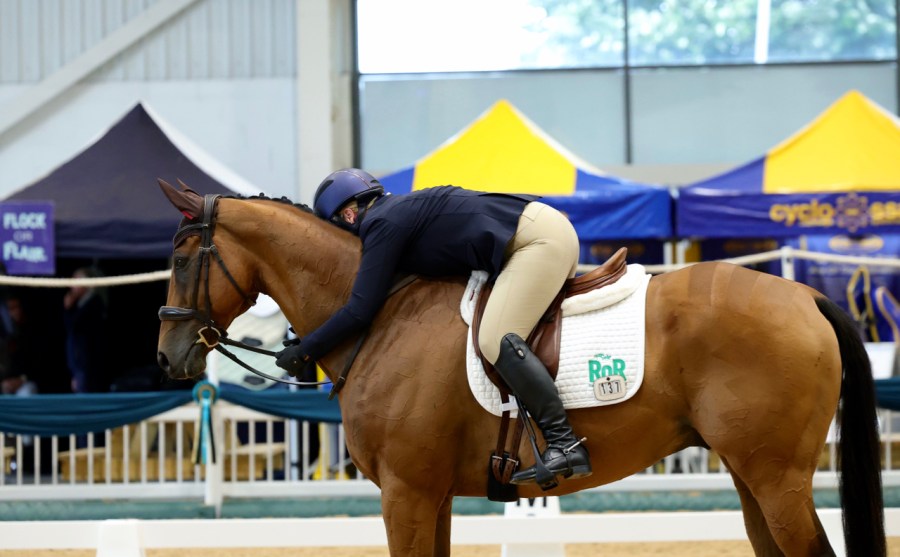Retraining of Racehorses (RoR) and the British Horseracing Authority (BHA) have unveiled a new data sharing initiative designed to improve traceability and welfare for ex-racehorses after they retire from the track.
The new agreement, which came into effect on 22 July 2025, allows RoR to make direct contact with owners as soon as a non-racing agreement is registered on the BHA’s database.
Under British Horseracing Authority rules, new keepers of retired thoroughbreds must sign a non-racing agreement, formally confirming that the horse will not return to competitive racing.
When a non-racing agreement is signed, owners will be invited to fill out a five-minute survey confirming their horse’s status, outlining future plans, and, if they wish, registering with the RoR.
In the first five weeks since launch, 18.45% of contacted owners completed the survey.
The charity said it was encouraged by the level of engagement so far.
“This agreement represents a practical and proactive step towards strengthening post-racing outcomes for thoroughbreds,” said James Given, director of equine regulation, safety and welfare at the BHA.
“By enabling RoR to engage directly with owners at the point of retirement, we’re helping to bridge a long-standing data gap and support more informed, evidence-based welfare decisions.”
‘Crucial transition point’
The Horse Welfare Board, which is part of the BHA, commissioned the project as part of its ongoing traceability programme after securing funding for the project from The Racing Foundation
Data will be analysed to help shape future welfare strategies, whilst also fulfilling commitments laid out in the RoR Strategy 2024–2026.
David Catlow, RoR managing director, emphasised that the moment a horse retires is a crucial transition point.
“[The agreement] enables us to build a fuller picture of life after racing, promote responsible ownership, and offer early access to the support RoR provides,” he said.
“Together with the BHA, this marks an important step forward in strengthening the traceability framework for retired racehorses.”
‘100% traceability’
For the Horse Welfare Board, the agreement is a key step toward achieving its long-term vision.
“The ambition remains to achieve 100% traceability at the point horses step out of racing – a goal that the HWB and its partners continue to champion,” said programme director Helena Flynn.
“While this data-sharing agreement does not provide all the answers, it is a critical building block in a long-term solution that will evolve over time.
“Coupled with the wider work being done across traceability, it brings the industry closer to understanding the varied journeys of racehorses once they retire from racing and ensuring they receive appropriate support throughout.”
Main image by Majestic Photography
Related content
- Ex-racehorses shouldn’t carry more than 17% of their bodyweight, says RoR
- Property director and ‘cheap’ ex-racehorse make their CCI5* debut
- Ex-racehorse is trampled and suffers fractured skull in overloaded lorry while on way to slaughter
- First six months of life is a critical period of development in Thoroughbreds, study reveals








